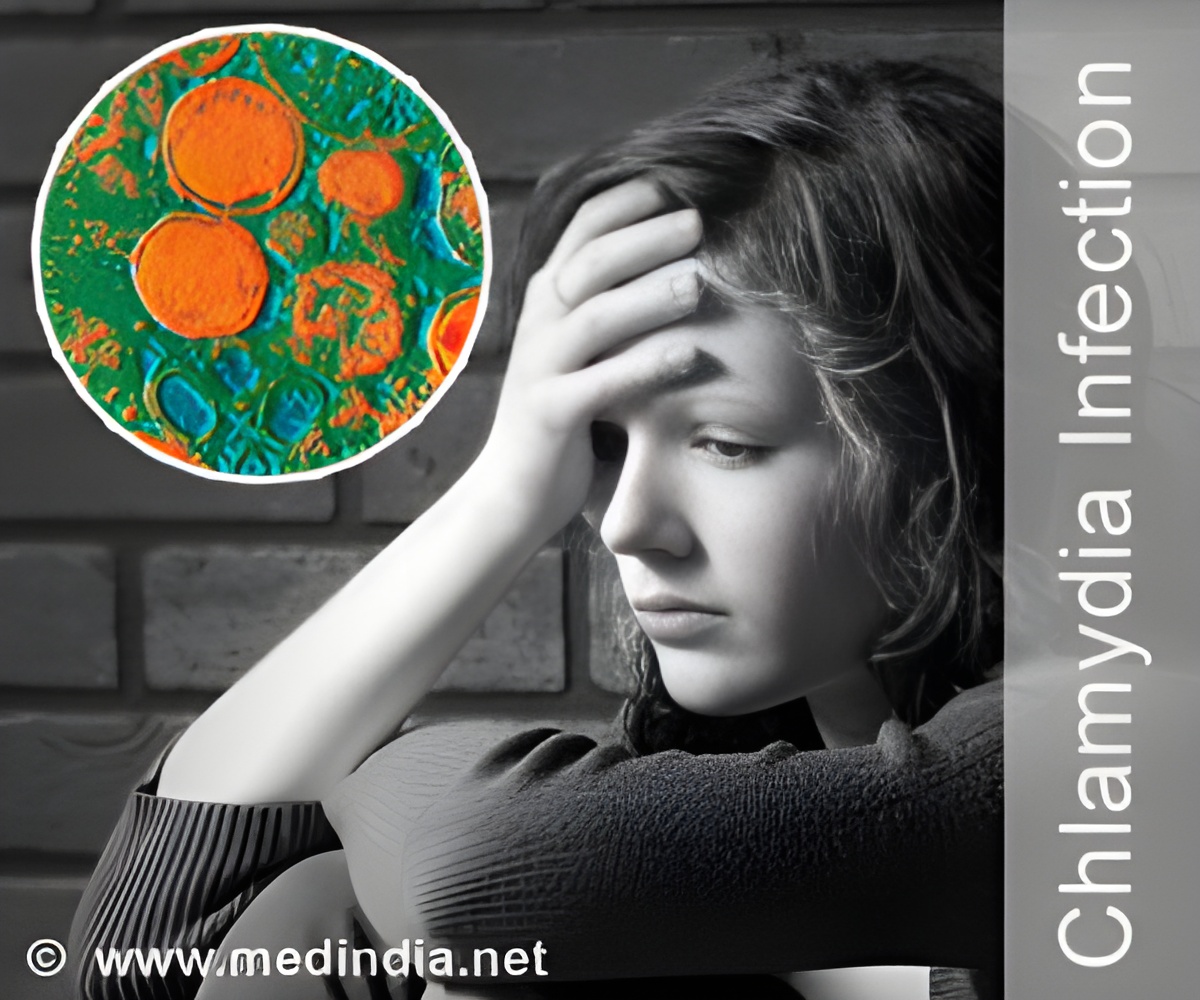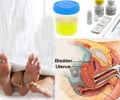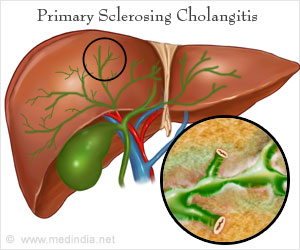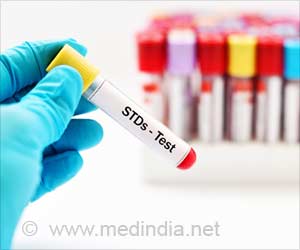A new report from the Centers for Disease Control and Prevention (CDC) shows that sexually transmitted disease rates for 2015 were the highest ever recorded.

‘The only way to respond to the increasing number of STD cases is by improving the surveillance systems that collect data on new STD cases, expanding access to screening and providing timely treatment to those who are newly diagnosed.’





All three STDs are curable with antibiotics, but most infections go undiagnosed and untreated, according to the CDC.Data on other STDs, such as human papillomavirus, herpes simplex virus and trichomoniasis, are not routinely tracked and were not included in the new report. While HIV is a STD that is actively tracked, it also was not included in this report.
Some 21 health department STD clinics across the country have closed due to many state and local programs experiencing budget cuts. Therefore, fewer people have access to the testing and treatment resources provided by such clinics.
Meanwhile, as more STD cases emerge, treating infections costs the country nearly $16 billion annually.
Reported cases of primary and secondary syphilis rose by 19%, gonorrhea cases rose by 12.8%, and chlamydia cases rose by 5.9%, from 2014.
Advertisement
There were 395,216 reported cases of gonorrhea in 2015, and the STD has become progressively difficult to treat. Scientists at the CDC warned that the bacterium that causes gonorrhea, called Neisseria gonorrhoeae, is developing resistance to the antibiotic drugs used to treat it.
Advertisement
Additionally, there were 23,872 cases of primary and secondary syphilis last year, according to the report, and men who have sex with men accounted for the majority of new cases.
One of the most disturbing findings in the report revealed an increase in syphilis rates among newborns. Congenital syphilis, which occurs when the infection is transmitted from a pregnant woman to her baby, increased by 6% between 2014 to 2015, and resulted in 487 reported cases last year.
"The health outcomes of syphilis -- miscarriage, stillbirth, blindness or stroke -- can be devastating," Dr. Gail Bolan, director of CDC's Division of STD Prevention, said in a written statement (PDF).
"The resurgence of congenital syphilis and the increasing impact of syphilis among gay and bisexual men makes it clear that many Americans are not getting the preventive services they need. Every pregnant woman should be tested for syphilis, and sexually active gay and bisexual men should be tested for syphilis at least once a year," she said. "To reverse the STD epidemic, we should all learn to talk more openly about STDs -- with our partners, parents, and providers."
"We have reached a decisive moment for the nation," Dr. Jonathan Mermin, director of CDC's National Center for HIV/AIDS, Viral Hepatitis, STD and TB Prevention, who added that over half of gonorrhea and chlamydia cases occur in young people between the ages 15 to 24 years.
"STD rates are rising, and many of the country's systems for preventing STDs have eroded," he said. "We must mobilize, rebuild and expand services -- or the human and economic burden will continue to grow."
These STDs can have serious long term health consequences, including chronic pain and fertility problems. Pregnant women can pass syphilis on to their children, leading to stillbirth or birth defects.
Overall, young people and gay and bisexual men face the greatest risk of getting a STD, according to the new report.
To address the recent STD upsurge, Bolan recommended that surveillance systems that collect data on new STD cases should be improved and people with new diagnoses should be provided access to treatment.
Source-Medindia















